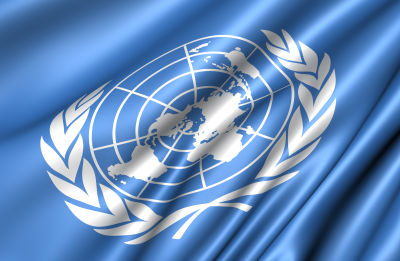Instruments and measures adopted by the United Nations
The right to life, gender equality, prohibition of discrimination on the grounds of sex, protection of physical integrity, the right to health to mention a few of the human rights impacted by gender-based violence are safeguarded in the Universal Declaration of Human Rights and the International Covenants on Civil and Political Rights and on Social, Economic and Cultural Rights.
In order to step the combat against violence and discrimination against women, the United Nations adopted specific instruments and measures.
Convention on the Elimination of All Forms of Discrimination Against Women’ (CEDAW)

Any distinction, exclusion or restriction made on the basis of sex which has the effect or purpose of impairing or nullifying the recognition, enjoyment or exercise by women, irrespective of their marital status, on a basis of equality of men and women, of human rights and fundamental freedoms in the political, social, cultural, civil or any other field.34
Convention on the Elimination of All Forms of Discrimination Against Women’ (CEDAW), Art 1
States that are parties to this Convention are obliged to adopt all necessary measures to ensure that women enjoy equality with men. This means that State Parties should adopt necessary legislation to combat discrimination and advance women’s rights. It should be noted, however, that the aim of equality for women does not mean that they can be denied special protection where this is needed – for example, in relation to maternity.
CEDAW reviews states’ compliance with the Convention. State Parties have to submit periodic reports on any measures undertaken to implement the Convention, and the CEDAW Committee monitors states’ compliance. However, the implementation mechanism is regarded as weak, and relies primarily on the force of moral persuasion. Implementation is further weakened by the many reservations and exceptions to the original document which have been negotiated by states.
Unlike other women’s issues – such as suffrage (the right to vote), equality, or discrimination – violence against women has only recently been recognised as deserving of special attention by international human rights law. CEDAW dates back to 1979, and came into force in 1981. It makes no mention of violence, rape, abuse or battery.35 However, in 1992, General Recommendation 19 was issued by the CEDAW Committee, recommending that violence against women should also be reported on by the States Parties. An individual complaint mechanism was added to CEDAW, whereby individuals, after exhausting domestic remedies, were able to file a complaint against the State in relation to provisions of the Convention.
In 1993, in Vienna, the United Nations General Assembly adopted the Declaration on the Elimination of Violence Against Women. This Declaration was significant in that it made violence against women an international issue, not subject to claims about cultural relativism. The Declaration therefore included a variety of issues such as female genital mutilation, rape and torture, domestic battery and female sexual slavery, all of which had previously been regarded, in some quarters at least, as acceptable or beyond the realm of the law. The inclusion of such practices within the realm of international law was an important statement from the UN, and it placed individual rights to physical integrity above claims of cultural rights. It also recognised that national or cultural support for such practices ignores the wishes of women themselves, as well as the many voices, even in supposedly homogenous cultures, which are opposed to such practices.
Another aspect of the Declaration is that it recognises the need to re-draw the apparently ’natural’ boundaries between public and private – a challenge long advocated by feminist groups. The UN Declaration prohibits not only state violence against women, but also private violence, including ‘…battering, sexual abuse of female children in the household, dowry-related violence, marital rape, female genital mutilation and other traditional practices harmful to women, non-spousal violence or violence related to exploitation’.36 The Declaration also prohibits violence against women based on cultural practices.
Although it is not a binding document, the Declaration made an important contribution towards breaking a wall of silence, and recognising violence against women as an international human rights violation.
34 Convention on the Elimination of All Forms of Discrimination Against Women’ (CEDAW), Article 1.
35 Keck, M.E., & Sikkink K. (1998). Activists Beyond Borders. Advocacy Networks in International Politics. Ithaca and London: Cornell University Press, p.168.
36 United Nations Declaration on the Elimination of Violence against Women (DEVAW), General Assembly Resolution 48/104, 20 December 1993 Article 2 (a).
37 Independent Expert on sexual orientation and gender identity
Independent Expert on Sexual Orientation and Gender Identity
In 2016, the UN Secretary General appointed an Independent Expert on Sexual Orientation and Gender Identity, with a mandate 'to assess the implementation of existing international human rights instruments with regard to ways to overcome violence and discrimination against persons on the basis of their sexual orientation or gender identity, and to identify and address the root causes of violence and discrimination'.37


